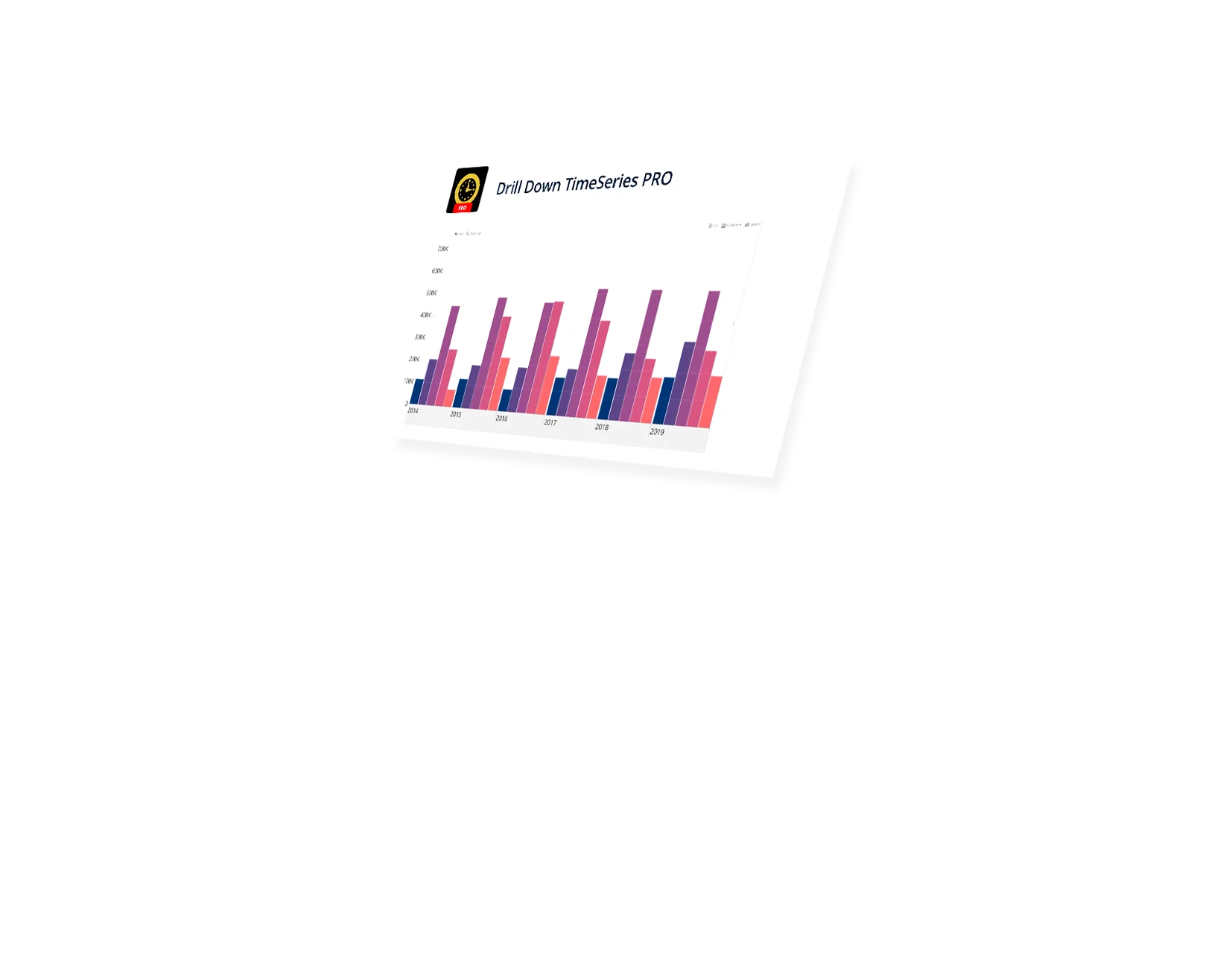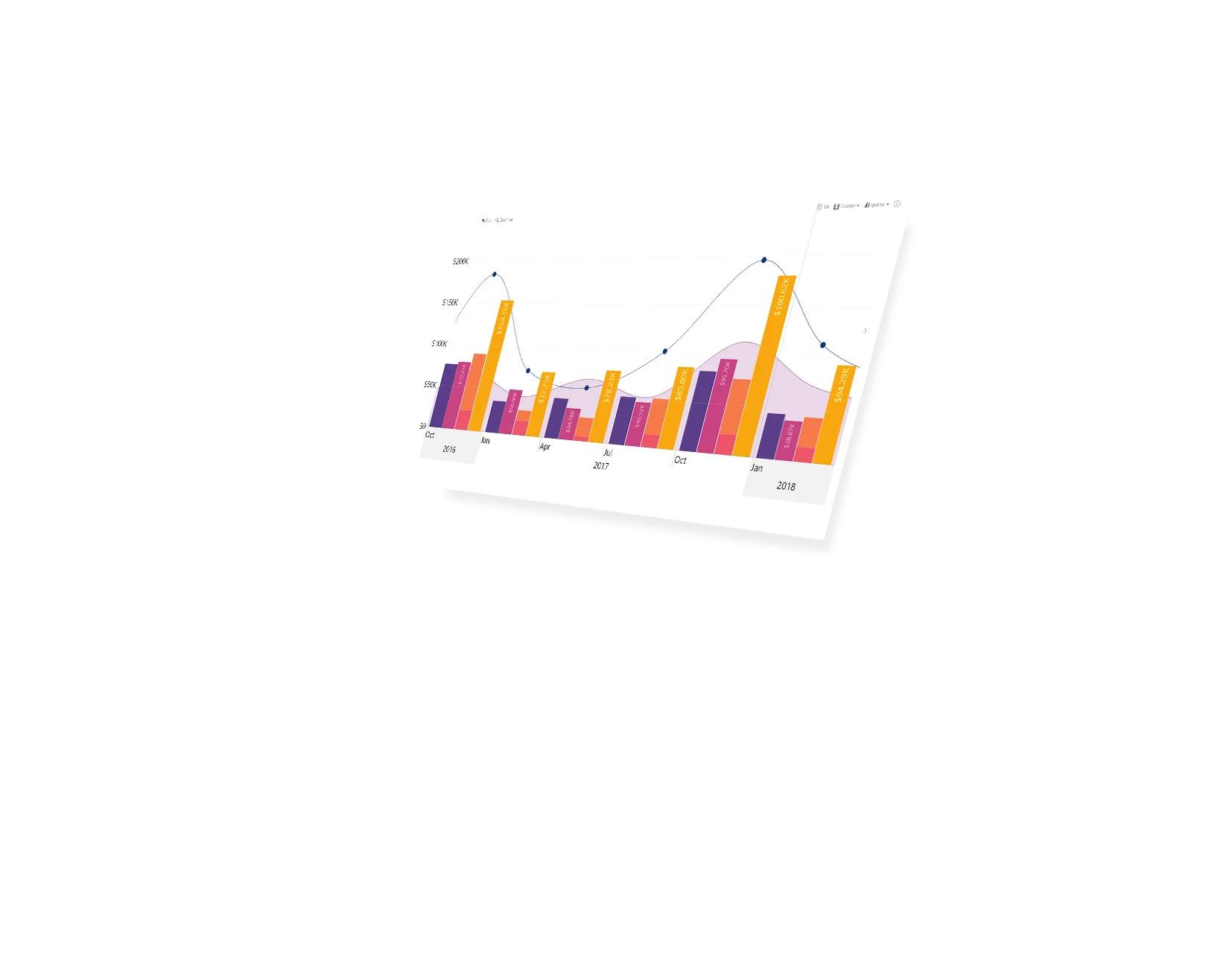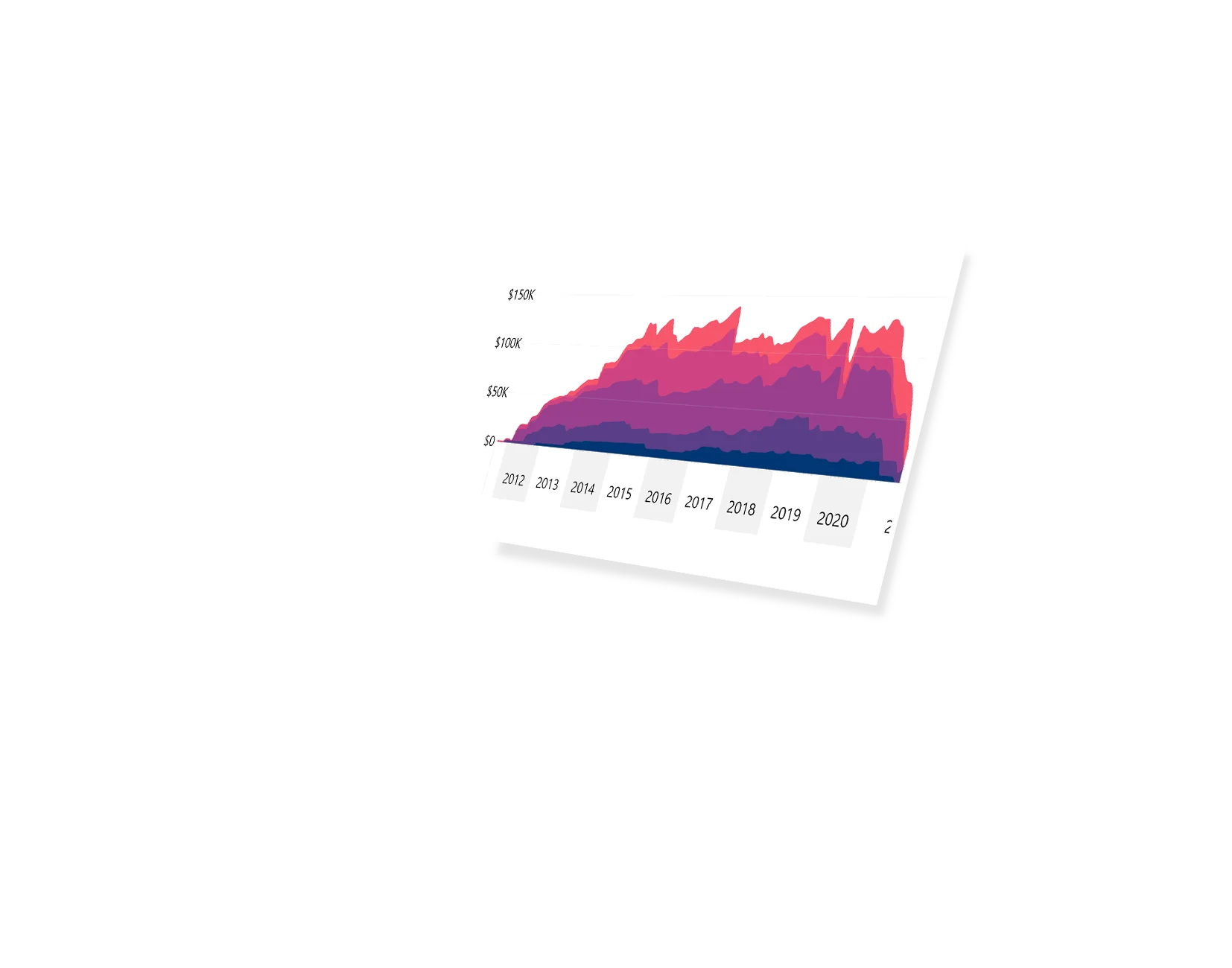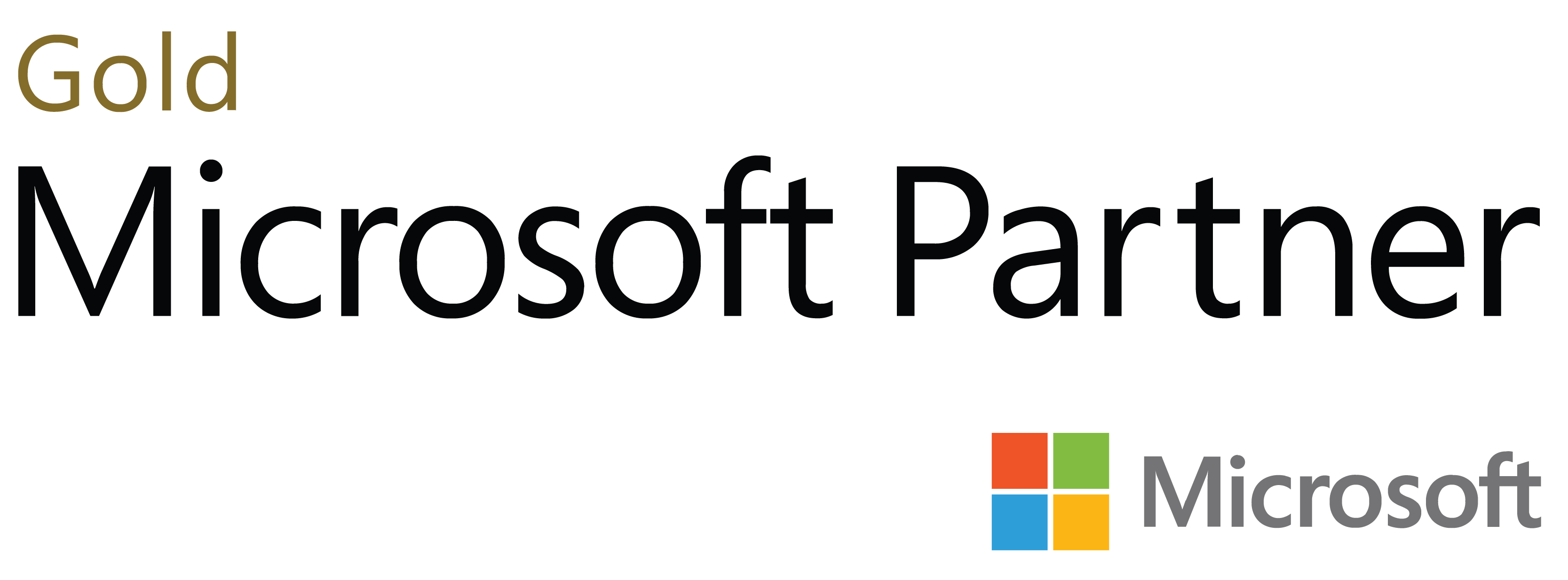Make your reports more responsive and interactive! This simple yet feature-packed visual will instantly create an easy-to-explore drill down hierarchy from your data, and act as a filtering and navigation tool for the entire report.
Start Free See it in action



Enhance your data storytelling with visuals that perfectly balance data density with easy readability. Build interactive reports that make data exploration exciting.
ZoomCharts visuals provide intuitive user experience, allowing any user to explore data and quickly gain meaningful insights; even if it’s their first time using Power BI.
With ZoomCharts, data consultants can expand their services, increase customer satisfaction and foster stronger and more involved relationships with their clients.
Maximize the value of your investment in Power BI by increasing the user adoption rate with reports that users love to explore and start using every day.
Create and share reports that produce clear and reliable insights with no room for confusion. Strengthen data literacy and employee trust within your organization.
Enjoy peerless flexibility with more than 200 easy-to-use configuration settings in each visual and full support for touch screen devices and mouse/keyboard.
Our visuals seamlessy work together to create PRO Reports - the most immersive and user-friendly way to explore data.
See the full picture and uncover valuable insights by analyzing data across multiple visuals via cross-chart filtering.
Spend less time searching for answers. With ZoomCharts, the data you’re looking for is fewer clicks away.
See the full picture and uncover valuable insights by analyzing data across multiple visuals via cross-chart filtering.
Spend less time searching for answers. With ZoomCharts, the data you’re looking for is fewer clicks away.
Try live demos of incredible Power BI PRO Report examples created by ZoomCharts team and community members!
Mix & match any combination of columns, lines, and areas to create a beautiful and screen space efficient chart that's perfectly suited for your needs.
Explore your data in a quick and intuitive way.
Pan, zoom-in, and drill down to the exact
time span that you need, ranging from
decades to even milliseconds, depending on how granular your data is.
Explore your data in a quick and intuitive way. Pan, zoom-in, and drill down to the exact time span that you need, ranging from decades to even milliseconds, depending on how granular your data is.
Measure how your data stacks up to your KPIs, benchmarks or projections by setting up to four threshold lines. In addition, you can apply conditional formatting that will, for example, mark the columns red if they are below a certain threshold.
Build information-rich reports with multiple charts that work together to bring you relevant data without any slicer menus.
Show your users exactly what you want them to see. You can select the time periods that your users will see, or even create bookmarks of certain views that are easily accessible with just a single click.
Adjust any visual element of your chart to make it stand out and catch your users' attention. With a wide range of formatting options including colors, background, label position and style, and many others, your reports will be an extension of your brand identity.
Enhance your dashboard with a stunning visual! Drill Down (Pin) supports the ability to pin the visual as a tile in Power BI dashboards.
Filter and slice reports, or pin to dashboard - whichever you prefer.
Designed for engaging data exploration across multiple visuals.
Best choice for interactive PRO Reports in Power BI.
Uses filtering API to act as a slicer and filter data across multiple ZoomCharts or other visuals on the report.
Full customization and touch support.
Supports Pin to Dashboard for use with Power BI Service dashboards.
Optimized for lightweight datasets and single-visual drill down.
Uses selection API to highlight data in native Power BI visuals.
Full customization and touch support.
Supports Pin to Dashboard for use with Power BI Service dashboards.
Optimized for lightweight datasets and single-visual drill down.
Uses selection API to highlight data in native Power BI visuals.
Full customization and touch support.
Watch this playlist of straightforward tutorial videos that covers all you need to know to start fully using TimeSeries PRO in your reports, including data setup, axis and series configuration, and customization settings.
Watch video tutorialsShare a few details in the contact form so we can better help you and your company!
Learn even more about report creation with Drill Down Visuals.
If you cannot see the Display Units setting, you may have added a DAX measure as one of the series. Drill Down TimeSeries PRO does not have full support for DAX measures, so the chart is limited to only the lowest level of the hierarchy, thus no other display unit is available. If you want to work with all the units and use DAX measures, please use Drill Down Timeline PRO - https://appsource.microsoft.com/en-us/product/power-bi-visuals/32204330.drilldowntimelineprobyzoomcharts?tab=Overview
Despite there being few differences when it comes to formatting, the main one is that Drill Down timeline PRO lets you use DAX calculated measures as values in Series, and still have the ability to move between hierarchy units.
There are two main ways you can stack the series depending on the use case.
1. You only want to stack some of the series or create multiple stacks. Once All Series is enabled, you will have a separate customization tab under formatting options called Series X Configuration. In this tab, you will find a setting called 'stack'. Each series by default has its own stack number (e.g., Series 1 = stack 1, Series 2 = stack 2 etc.) To create a stack, make sure that all the series you want to stack have the same stack number.
2. You want to stack all Series in a single stack – Once you've added all the series to the visual, go to Formatting Options > Enable and open `Series Default` > change the 1st setting Display from Clustered to Stacked.
This can be done through Formatting Options > Display Unit > Initial Display Unit. This will how a dropdown menu that by default is set to Auto. This means that, based on the chart size and amount of data, the visual will automatically adapt. However, you can also set it to any other available option.
Yes. To enable this, you need to go to Formatting Options > X-Axis > Dynamic All Data - once this setting is enabled, the visual will always redraw itself and change the data granularity, if necessary. If this property is disabled, the visual will remove unrelated data but it will not affect the display unit or used space.
Was this helpful? Thank you for your feedback!
How can we improve it?


